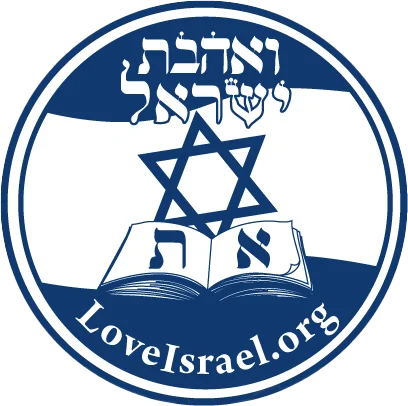Vayakhel - (and he assembled)
Torah Portion: Vayakhel (and he assembled)
Torah Reading: Exodus 35:1-38:20
Prophetic Reading: 1 Kings 7:13-26 (Sephardim) 40-50 (Ashkenazim)
“Yeshua Is the Best Sacrifice, the Only One Who Offers Complete Redemption”
Frequently I am asked about the Temple and if it is true that there are preparations being made for the building of the Third Temple. The answer is no. Although there are a few organizations that teach about the Temple and have made models of some Temple vessels and the Priestly garments, none of these organizations have any special status in Israel as an “official” Temple Institute. It is important to know that there are several things that are not known today concerning the Temple, its vessels and the Priestly garments.
In this week’s Torah portion, Moses is commanded to take from the people various elements for the Tabernacle. One reads in verse 7 that he is supposed to take עורות תחשים.
Although many English translations render it skins of “badger” or “sea cow” or “porpoise”, the fact is that no one knows what the second word תחשים truly means. If one does not know which material to use, it is impossible to use it for the specific purpose that HaShem intended. There is great significance in the Biblical instructions concerning the Tabernacle and Temple, especially when one uses the Book of Hebrews to assist in understanding the purposes and intent of the worship which took place there. However, the primary truth is the superiority of faith in Messiah Yeshua when worshiping God.
The Temple and its patterns were of a heavenly Temple. Through the Tabernacle and then the Temple, one learns paradigms, but to actually come into the presence of the Living God, Hebrews 9:23 states that we needed a better sacrifice. What is this better sacrifice?
The more appropriate question is Who is the better sacrifice and it is Messiah Yeshua Himself. Such a perspective is often viewed to be in conflict with Judaism, as human sacrifices are thought of as forbidden. However, Rashi, the famed rabbinical commentator, taught
that the death of righteous individuals atones for sin (See Numbers 20:1).
ותמת שם מרים: למה נסמכה מיתת מרים לפרשת פרה אדומה, לומר לך, מה קרבנות מכפרין, אף מיתת צדיקים מכפרת
Rashi asks the question, why is the death of Miriam next to the passage that deals with the Red Heifer? His answer is to teach that as sacrifices atone for sin, so too does the death of righteous individuals. The problem is that there are no righteous individuals, no not one. Solomon states there is no righteous man upon the earth who does good and does not sin (Ecclesiastes 7:20). This is why Yeshua came down from heaven to do the work of redemption and provide the means so the believer can be eternally united with HaShem and worship Him anew.
Dr. Baruch Korman – March 8th, 2024
